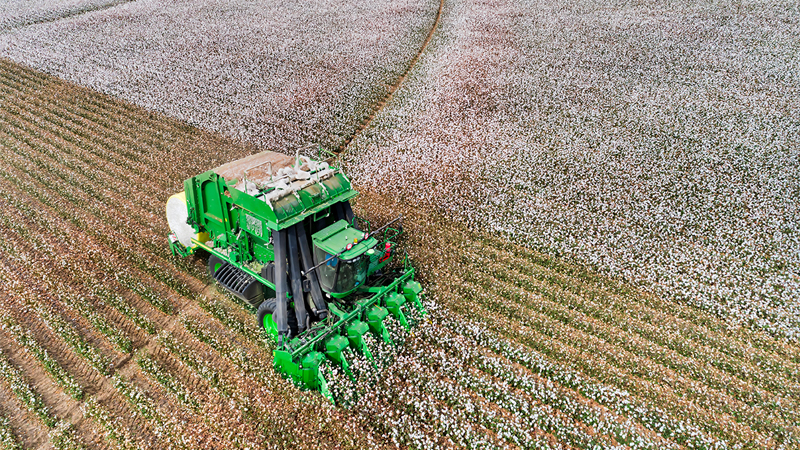Bayer Settles Dicamba Drift Lawsuits; Moving on to Re-Registration
As almost a footnote to Bayer’s massive Roundup settlement for up to $10.9 billion on June 24, the company announced a mass tort agreement to settle dicamba drift litigation involving alleged damage to crops.
Bayer will pay up to $400 million to resolve the multi-district litigation pending in the U.S. District Court for the Eastern District of Missouri and claims to soybean producers and certain producers of other crops who suffered dicamba damage from dicamba sprayed over-the-top of dicamba-tolerant soybeans or cotton from 2015 through 2020. The company will also pay litigation expenses, attorneys’ fees, claims administration expenses and other costs in addition to the amounts provided to qualified claimants.
Bayer expects a contribution from its co-defendant, BASF, towards this settlement.
Claimants will be required to provide proof of damage to crop yields and evidence that it was due to dicamba in order to collect.
According to Peiffer Wolf, which represents dozens of farmers with dicamba damage, it is expected that the claims process will begin later this year after the 2020 harvest has been completed. Details and timing issues are still being worked out. Farmers who want to stay informed can go to dicambadrift.com, where Peiffer Wolf will provide regular updates as the process unfolds.
Peiffer Wolf attorney Paul Lesko, a member of the plaintiff’s Executive Committee that worked out the settlement, said: “We cannot stress enough the importance for farmers who have suffered dicamba damage to step forward and make their claim. This money will not flow out automatically. Farmers with dicamba crop damage will need to go through a process to get these funds, and we encourage them to get started now.”
The only dicamba drift case to go to trial – Bader Farms – is not included in this resolution. Bayer “believes the verdict in Bader Farms is inconsistent with the evidence and the law” and will continue to pursue post-trial motions and an appeal, if necessary.
Bayer said it “stands strongly behind the safety and utility of its XtendiMax herbicide with VaporGrip technology and continues to enhance training and education efforts to help ensure growers use these products successfully.”
Earlier this month, the U.S. Ninth Circuit Court of Appeals vacated registrations for three dicamba herbicides — including Monsanto/Bayer’s Xtendimax — after finding that the U.S. Environmental Protection Agency (EPA) substantially understated risks that it acknowledged and failed entirely to acknowledge other risks.
That ruling led to more legal wrangling amid the ongoing spray season. The Court allowed EPA’s decision to stand to allow the use of existing stocks of dicamba to be applied according to label for the 2020 season, no later than July 31.
The Court’s June 3 ruling pertains specifically to the EPA’s 2018 registration decision, which expires in December 2020. The EPA is currently reviewing a new registration for XtendiMax for the 2021 season and beyond.
“We hope the EPA completes the review and issues a new registration by this fall,” Bayer said.
An emergency motion filed by BASF to intervene in the June 3 ruling was denied by the Court on June 25. The company said it will also continue to pursue EPA re-registration of Engenia for the coming seasons.
In 2017, 3.6 million acres of soybeans on 2,708 farms nationwide were damaged by dicamba, according to the estimate of University of Missouri Crop Science Professor Kevin Bradley.










